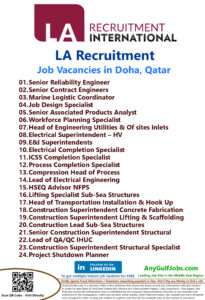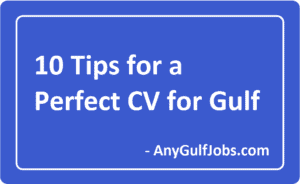What is required to make an objective assessment? Recruiting skills-based sounds like a matter of course, but in practice can be more difficult than it sounds.
To succeed, it is important to keep track of the competency-based method as a whole. Therefore, we have developed five tips for a recruitment process that pays off.
Old routines, re-use ads and too quick jerks are common mistakes when it’s time to recruit for a new job.
With a more structured method, you can succeed better in attracting and retaining the right skills to meet the company’s needs, and reduce the risk of incorrect recruitment.
Competency-based recruitment (KBR) is a method that assumes that the recruitment process is part of business development in general. The key to success with this method is to put the greatest focus on the analyzes you do before you start the actual recruitment.
This is where the important preparatory work takes place to design an accurate requirements profile and facilitate all future steps in the process.
Dare to reflect
Whether we like it or not, we base our assessments on our own experiences, frames of reference and prejudices. In order for you as a recruiter to be able to use the competency-based method in the best way, you initially need to have an open mind.
Dare to reflect on your subjectivity and what methods and tools you need to be as objective as possible in your assessment. Be open to new solutions in other parts of the business through a recruitment process. Maybe there are old habits that need to be challenged or restructurings that need to be done?

2. Make a proper needs analysis
The needs analysis and the requirements profile are the most important parts of the competency-based recruitment process. This is where you circle what the business needs and what skills are required for you to achieve your goals. Do not be afraid to put time and energy into the needs analysis – well-invested time at this stage will pay off later in recruitment and also in other business-critical processes.
Feel free to create a recruitment group by coordinating people with different perspectives on the position you are recruiting for. In this way, you get a more complete picture of which competencies are most important to the candidate.
Depending on your business, the needs analysis can look different, here are some relevant questions to ask before the analysis:
- What needs does your business have right now?
- What needs will arise in the future?
- Information is included in the position you are recruiting for?
- Is the competition for the candidates for this position particularly great? Is there a need for restructuring/redistribution of tasks prior to recruitment?
- Does the business need to prioritize diversity? Are there any obstacles that exclude certain groups that can be adjusted?
- What is the distribution of skills in the working group? What additions are needed?
3. Create a requirements profile
The requirements profile is based on the needs analysis. In this step, you make an accurate description of what you are looking for in the candidate. The requirements profile usually consists of both formal and informal competence. Make sure that the competencies are arranged according to what is most important in the service, and avoid including competency requirements “just to”. That way, you can easily compare candidates and decide who is best suited for the job.
The requirements profile can be created based on questions such as:
- Is specific training required for the position?
- Need previous experience of similar work? If so, how long?
- What personal qualities are prioritized?
- The role the person need to play in the workgroup?
- What complementary skills does the person need to have?
4. Correct interview questions
An interview question is in itself neither good nor bad. What identifies a good interview question is that it covers what you want to evaluate. Based on the requirements profile and the ranking of characteristics you are looking for in your candidate. Feel free to ask behaviour-based and competency-based questions where you ask the candidate to give examples of when he or she has shown a certain behaviour.

5. Use tools
Being objective is not always an easy task. Fortunately, there are a number of different templates, models and tools to help you structure your recruitment and make as objective and relevant assessments as possible. Various tools can serve as aids in all steps of the recruitment process. A mind map can, for example, help to challenge old thought patterns and encourage reflection, while a personal profile can help you design interview questions, ensure consensus on what a competence entails and make an objective assessment of different candidates.
Some examples of tools are:
- Mind maps
- Documentation templates
- Focus models
- Competence models
- Requirement profiles
- Assessment matrices
- Interview guides





























